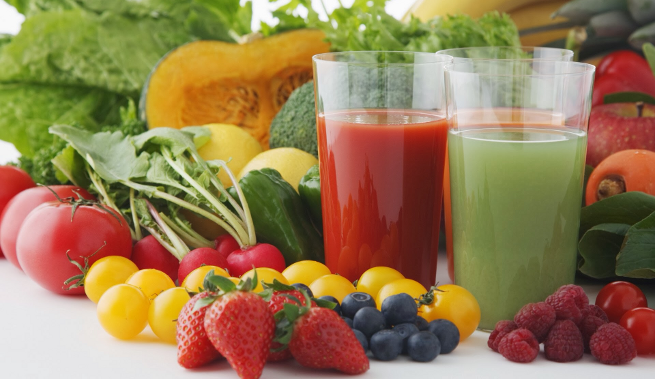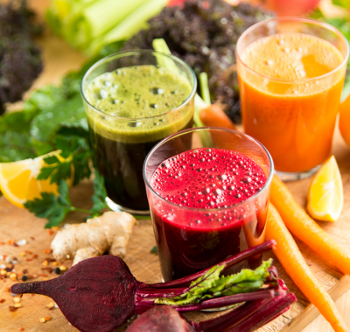When it comes to whether we should eat or drink our fruits and vegetables, it is difficult to decide which is better than the other in terms of health. Juicing seems like the healthier choice to some and the rest prefer to eat the whole produce.
What is juicing?
Juicing is the process of separating the water, vitamins and minerals from other parts of the fruits and vegetables using a juicer. When you drink the juice your body does not have to do any digestive work, as nutrients are absorbed directly into your blood stream.
However, there is nothing wrong with your body having to digest produce as it does not damage it in any way. It is usually recommended that you increase your juice intake if you have problems with your digestive system. Otherwise there is no need to stop your body from digesting produce because the fibre that is left behind when juicing actually helps cleanse the colon.
Juicing can help with rotation of the required variety of fruits and vegetables consumption in the sense that you can juice produce that you do not normally enjoy eating whole. Most of the much needed nutrients are left in the pulp and skin that is often not consumed when juicing.
When trying to keep your weight in check, you must eat your fruits and vegetables not drink them because juices are not as filling as the whole produce. Plus, juices tend to be high in sugar due to the stripping of fibre and other nutrients.
Juicing must not be mistaken with blending. Some might argue that blending is better than juicing, because nothing gets lost.
Blending is when you blend whole fruits or vegetables and a base such as yoghurt or water to make smoothies. A smoothie has all of the blended produce’s water-soluble vitamins and minerals, plus fibre. This also means that your body will still have to do some digestive work, but not as much as it would have to if you ate the produce.
You can increase your consumption of fruits and vegetables by juicing and blending, but do not totally replace eating whole produce.








